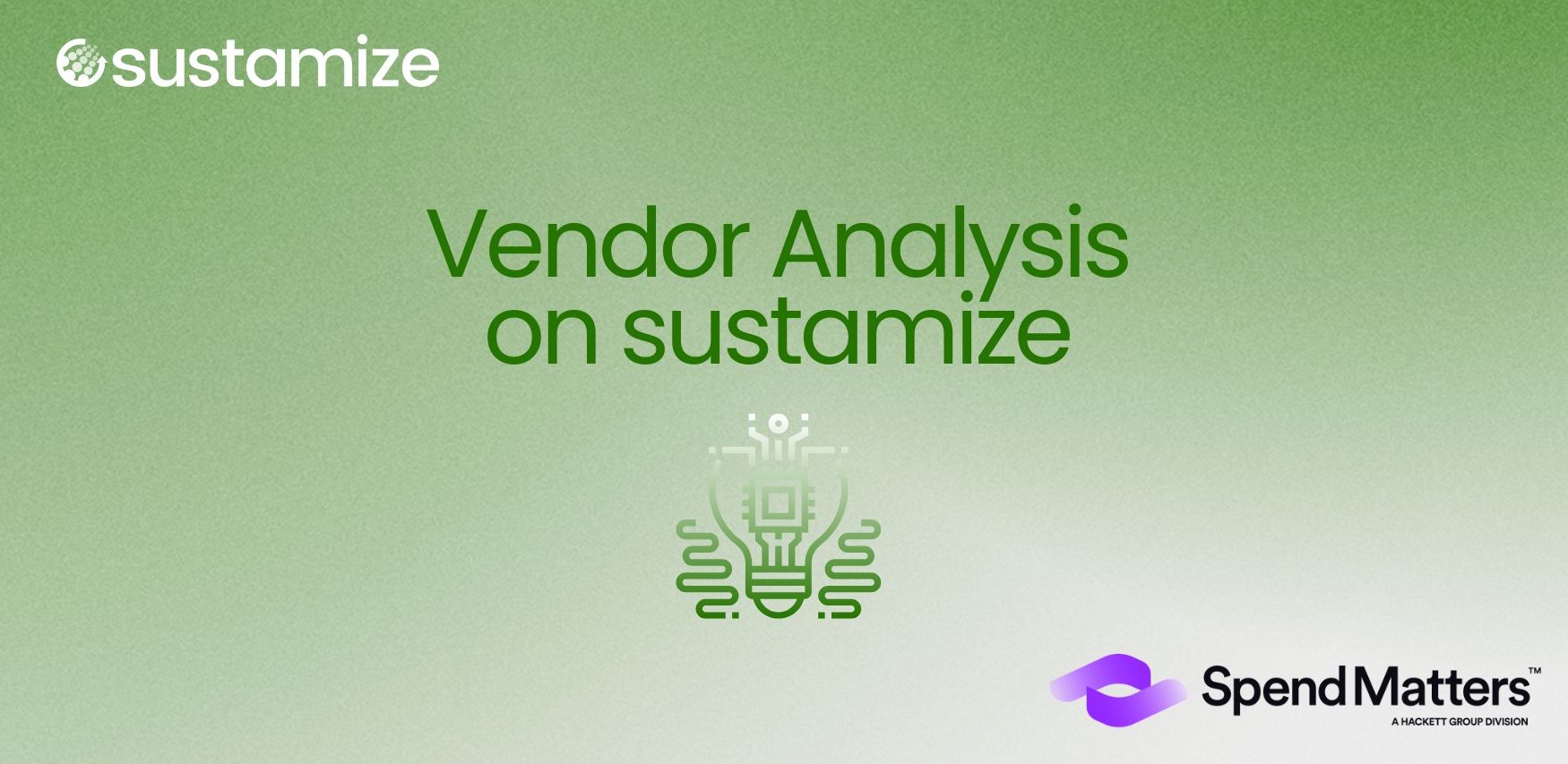Manufacture’s Decarbonization Through PCF Calculation
Here's a short summary of the CO2 problem and our recommendation for manufacturers.

Due to their catastophal repercussions on Earth's ecosystems, reducing anthropogenic greenhouse gases ("GHGs") has become the main goal of climate action. Here's a short summary of the CO2 problem followed by an explanation of how we, at sustamize, contribute to solving the CO2 issue.
Summary of the CO2 problem and current barriers to carbon emissions reduction
- Human activities have made CO2 the initiator of global warming and climate change.
- Fossil fuels are by far the main cause of CO2 emissions.
- Anthropogenic CO2 (meaning the emissions generated through human activities) has catastrophic consequences on the environment, on people and on the economy.
- The impact of carbon emissions is felt at the global level, causing stakeholders to point the finger at each other to take responsibility.
- The trade-off between short-term loss and long-term benefits is a major excuse for companies not to take action.
- The "loss aversion" and "sunk-costs fallacy" cognitive biases may explain why company decision-makers are hesitant to act for emissions-reduction.
- Development gaps between countries, the history of colonization, and geopolitical instability are barriers to climate transformation of national and international supply chains.
- However, more and more companies are taking action by reducing their carbon emissions.
- The product carbon footprint (PCF) is a good way to start measuring manufacturers' greenhouse gas emissions.
How sustamize addresses this problem
What else to add to what the World Economic Forum points out in a recent article:
"Determining a product's carbon footprint helps benchmark decarbonization efforts, but it is also a challenge due to the lack of data transparency" (World Economic Forum, 2022)
As mentioned here, calculating a company's product carbon footprint ("PCF") is a useful tool when determining whether a company is on track to meet internal and external climate goals as well as helps assess where it is situated in contrast to its peers. The PCF gives the observer access to a single metric that, in turn, enables comparisons of the climate performance of different manufacturers, materials, and products. Determining the PCF, which assesses the total greenhouse gas emissions generated by a product is therefore the main advice we can give to producers.

It is nonetheless crucial to remember that if the data is incomplete or wrong, this strategy will not work. With the largest CO2e reference database and a unique science- and industry-based calculation approach, sustamize helps businesses measure, optimize and manage the automated carbon footprint of their goods to contribute to solving this urgent issue. As a result, value chains gain in transparency, and producers can identify emissions hotspots and CO2 optimization levers.
You want to know more about CO2 data, CO2 reduction, product- and material carbon footprint? You want to start your climate transformation? Have a look at the articles on our blog or contact us.
Related to this topic: "How CO2 Causes Global Warming", "Exploring the CO2 Issue and Its Consequences", "Why Aren’t We Moving Forward With Drastic CO2 Reduction?"



.jpg)
